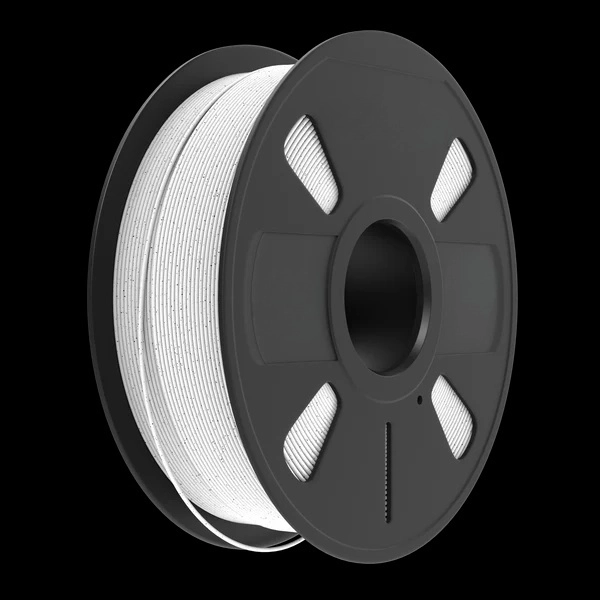In today's world, where environmental concerns are at the forefront, finding sustainable solutions in every aspect of our lives has become crucial. One such area that demands attention is packaging. As consumers become more conscious of their ecological footprint, businesses are striving to adopt the greenest packaging practices. In this blog post, we will explore the concept of green packaging, its significance, and delve into innovative and sustainable packaging solutions that can pave the way for a greener future.
- Understanding Green Packaging:
Green packaging refers to the use of materials and design techniques that minimize environmental impact throughout the packaging lifecycle. It aims to reduce waste, conserve resources, and promote recycling. The key principles of green packaging include source reduction, material selection, energy efficiency, and recyclability. - Sustainable Materials:
To achieve the greenest packaging, businesses are turning to sustainable materials. Biodegradable and compostable materials, such as plant-based plastics, mushroom packaging, and seaweed-based films, offer viable alternatives to traditional packaging materials. These materials break down naturally, reducing the burden on landfills and minimizing pollution. - Innovative Design:
In addition to sustainable materials, innovative packaging design plays a vital role in reducing environmental impact. Designing packaging that is lightweight, compact, and stackable optimizes transportation efficiency, reducing carbon emissions. Furthermore, incorporating reusable features, such as refillable containers or collapsible packaging, promotes a circular economy and minimizes waste generation. - Smart Packaging Technologies:
Advancements in technology have paved the way for smart packaging solutions that enhance sustainability. Intelligent packaging systems, such as active and intelligent packaging, utilize sensors and indicators to monitor product freshness, reducing food waste. Additionally, incorporating QR codes or NFC tags on packaging enables consumers to access information about the product's environmental impact, encouraging informed choices. - Life Cycle Assessment:
To truly determine the greenest packaging, a comprehensive life cycle assessment (LCA) is essential. LCA evaluates the environmental impact of packaging from raw material extraction to disposal. It considers factors like energy consumption, greenhouse gas emissions, and waste generation. By conducting LCAs, businesses can identify areas for improvement and make informed decisions regarding packaging choices.
Conclusion:
As the world becomes increasingly aware of the environmental challenges we face, the demand for the greenest packaging solutions continues to grow. By embracing sustainable materials, innovative design, smart technologies, and conducting life cycle assessments, businesses can contribute to a greener future. It is imperative for companies to prioritize the adoption of green packaging practices, not only to meet consumer expectations but also to reduce their ecological footprint. Together, let us strive towards a world where packaging is not just a necessity but a catalyst for positive change.

